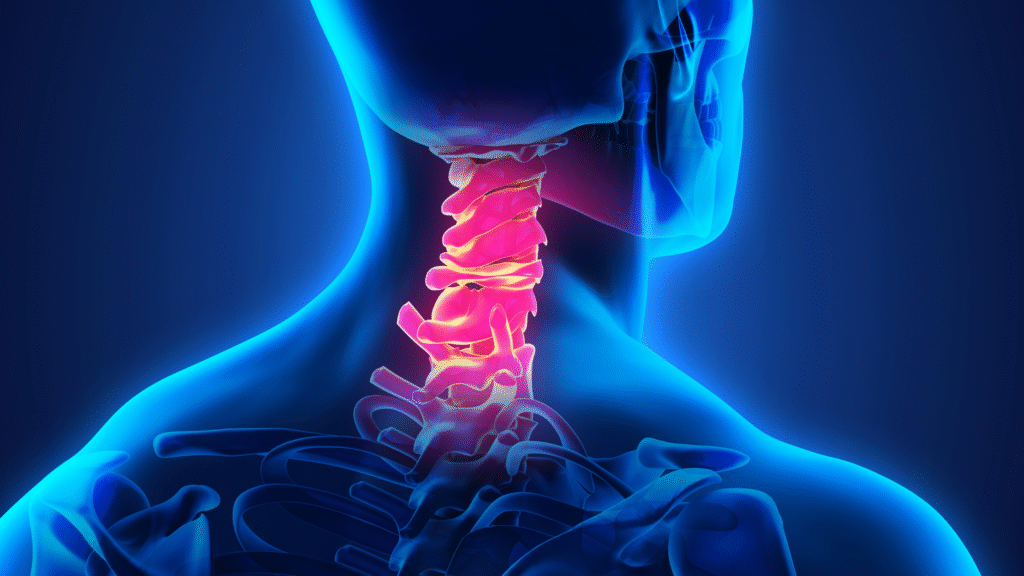Muscle pain and stiffness can greatly affect your daily routine, and finding the right treatment can often be difficult. Dry needling has become a popular therapy to relieve muscle pain, improve mobility, and boost overall function. But what exactly is dry needling, and how does it work?
In this article, we’ll explore what dry needling is, how it compares to other treatments, the conditions it can help with, and its key benefits. Whether you’re curious about this technique or considering it for pain relief, this guide will provide you with everything you need to know.

What Is Dry Needling?
Dry needling is a therapeutic technique commonly used by physical therapists, chiropractors, and other healthcare professionals to treat musculoskeletal pain, muscle tightness, and movement limitations. It involves inserting thin needles into specific muscle areas known as “trigger points”—tight, knot-like spots in the muscle that cause pain.
Unlike acupuncture, which comes from traditional Chinese medicine and focuses on balancing energy in the body, dry needling is based on Western medical principles. Its primary goal is to relieve muscle tension, reduce pain, and enhance the range of motion by stimulating muscle fibers at these trigger points.
How Does Dry Needling Work?
The main idea behind this is targeting myofascial trigger points in muscles. When the needle is inserted into a trigger point, it typically causes a brief muscle twitch, known as a “local twitch response.” This reaction helps release the muscle knot, improves blood flow to the area, and allows the muscle to relax.
This is considered effective because it addresses the root cause of the pain directly. By focusing on the source of muscle tightness, it promotes healing, reduces pain, and helps restore the normal function of the affected muscle.
Conditions Treated by Dry Needling
Dry needling is effective for treating a variety of musculoskeletal conditions that involve muscle tightness, pain, or restricted mobility. Some of the most common conditions treated with dry needling include:
- Neck pain and stiffness
- Shoulder impingement syndrome
- Tennis elbow (lateral epicondylitis)
- Chronic headaches and migraines
- Lower back pain
- Plantar fasciitis (heel pain)
- Knee pain and patellar tendinitis
- Shin splints
- Temporomandibular joint (TMJ) disorders
- Carpal tunnel syndrome
Dry needling is often combined with other treatments, such as physical therapy and stretching exercises, to offer comprehensive pain relief and improve rehabilitation outcomes.

Key Benefits of Dry Needling
The benefits of dry needling extend beyond just pain relief. Here’s why so many people are turning to this therapy:
1. Pain Relief
Dry needling effectively targets the source of discomfort, relieving muscle tension and reducing pain caused by muscle spasms and trigger points.
2. Improved Range of Motion
By releasing tight muscles, dry needling can improve both joint and muscle mobility, helping individuals move more freely and perform daily tasks with greater ease.
3. Increased Blood Flow
The insertion of the needle stimulates blood circulation to the affected area, promoting healing and reducing inflammation.
4. Faster Recovery
Dry needling accelerates the recovery process by healing muscle tissue more quickly, which is especially beneficial after injuries or surgeries.
5. Non-invasive and Minimal Side Effects
Unlike medications or surgical procedures, dry needling is non-invasive and comes with minimal side effects. It’s an excellent alternative for those seeking pain relief without relying on prescription drugs.
By improving mobility, circulation, and recovery, dry needling provides a natural, effective path to long-term pain relief and muscle health.
What to Expect During a Dry Needling Session
If you’re considering dry needling, it’s essential to know what to expect during your session:
1) Assessment: Before beginning, your healthcare provider will assess your condition by evaluating your symptoms and identifying the trigger points that are causing pain or stiffness.
2) Needle Insertion: Next, thin needles will be inserted into the identified trigger points. You may feel a mild sensation or a brief muscle twitch, but the procedure is generally not painful.
3) Needle Manipulation: In some cases, the provider may gently manipulate the needle to enhance its therapeutic effects, encouraging the muscle to relax and release tension.
4) Needle Removal: Once the session is complete, the needles are removed, and the treated areas may be gently massaged or stretched to aid in the recovery process.
Sessions typically last around 20-30 minutes, and the number of sessions needed varies depending on the severity of the condition.
Dry Needling Backdrops: Is Dry Needling Right for You?
Dry needling is an effective treatment for many individuals suffering from musculoskeletal pain, but it may not be suitable for everyone. It’s important to consult with a qualified healthcare professional to determine whether dry needling is the best option for your specific condition. It can have backdrops like –
- Scientific Foundation: Rooted in Western medical science, dry needling focuses on anatomy, physiology, and neuromuscular function instead of traditional energy pathways.
- Targeted Muscle Treatment: Fine needles reach specific trigger points—tight muscle bands that restrict movement and cause discomfort.
- Not Suitable For: Individuals with needle phobia, blood clotting disorders, active infections, or pregnancy (consult your healthcare provider).
While highly effective for many, dry needling should be performed only after proper evaluation to ensure safety and best results.

Conclusion
Dry needling is a powerful treatment for relieving muscle pain, improving mobility, and speeding up recovery. Whether you’re dealing with chronic pain, sports injuries, or muscle tightness, dry needling may provide the relief you need. However, it’s crucial to consult with a trained healthcare provider to ensure it’s the right therapy for your condition.
For personalized dry needling treatments and expert care, reach out to Swift Rehabilitation. Their team of professionals is committed to providing effective, non-invasive pain relief to help you get back to living pain-free.




